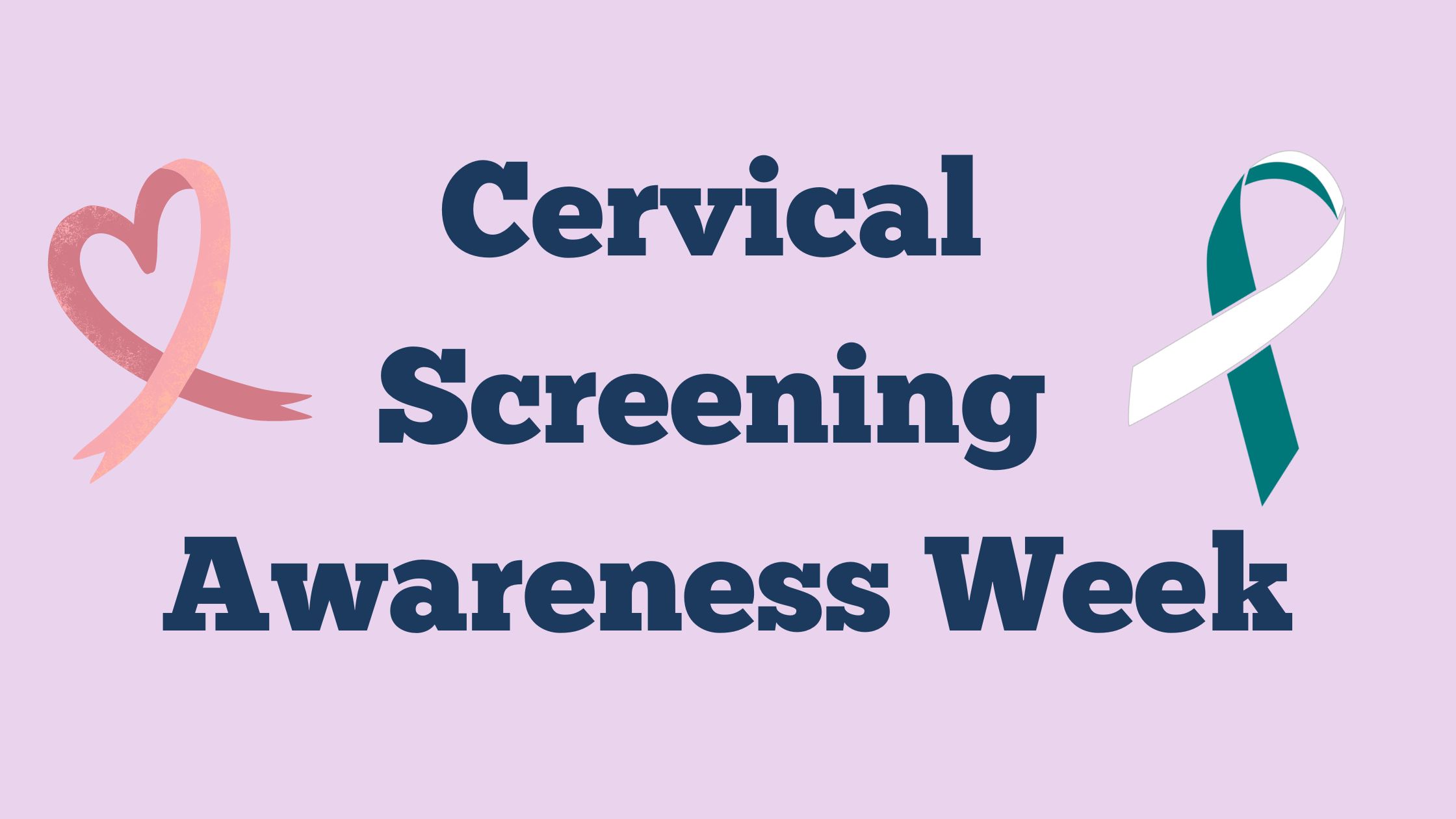By Hannah Kerfoot and Pasha Yuen 


World Cervical Screening Awareness Week starts on the 17th of June and runs until the 23rd this year. Cervical cancer is one of the few types of cancer where there is a screening tool available in many countries, that allows us to detect it early, increasing the chance of a cure. There are also immunisations that can reduce the risk of developing this type of cancer.
Pharmora recently supported one of our clients to complete a clinical trial investigating a potential treatment option for cervical cancer. We therefore understand the challenges of conducting clinical research in this therapy area, and would like to take the opportunity to reflect on this important awareness week.
Cervical Cancer and Risk Factors
Cervical cancer is the 4th most common cancer in women and 9th most lethal cancer worldwide, according to the WHO. The primary cause is prolonged human papillomavirus (HPV) infection, which mostly affects women under the age of 45. High risk HPV (HPV 16 and HPV 18) causes cancer by damaging DNA which leads to uncontrolled cell division.
Since the 1970s, the mortality rates for cervical cancer have decreased by 75% in the UK, and by 18% just in the last decade. Unfortunately, mortality rates for cervical cancers remain higher for non-white ethnicities. In one study, it was found that the mortality rates were 148% higher in the most deprived areas in England than the least deprived areas. It is also noted that high mortality rates are seen in low- and middle-income countries, which may be due to lack of access to HPV vaccination, screening and treatment facilities.
Genetics are also important contributing factors for cervical cancer. According to Cancer Research UK, people with a first-degree relative (i.e., mother, sister, daughter) with cervical cancer have up to 80% higher risk of acquiring cervical cancer.
Cervical Screening and HPV Vaccines
In England, cervical screening is available to women and people with a cervix aged 25 to 64. Screening tools are not designed to investigate possible cancer in patients with signs or symptoms, but to detect signs that the person could be at high risk of developing cancer, to allow treatment to be initiated before cancer occurs or when it is at a very early stage.
The cervical screening test is designed to identify high-risk HPV and any cell changes in the cervix. These changes occur most frequently in the “Transitional zone” (where the cervix becomes the entrance to the uterus), which is why this is the area targeted by the sample collection device. Exposure in the cervix to HPV can cause changes that can develop into cancer over time, which is why cervical screening is repeated every few years.
HPV vaccination is an effective tool in reducing the chance of being infected by HPV:
The HPV vaccine is given in UK high schools to girls from 12 to 13 years old.
This vaccine reduces the chance of getting HPV, which is spread through skin contact and sexual intercourse.
According to the NHS, the HPV vaccine used in the UK is Gardasil 9, which protects against nine types of HPV – HPV 6, 11, 16, 18, 31, 33, 45, 52 and 58.
Signs and symptoms of cervical cancer
Monitoring is important to identify signs that could suggest potential cancer. These include:
Bleeding between periods
Bleeding during or after sex
Bleeding at any time after menopause
Unusual change in vaginal discharge
New pain in the lower back, between the hip bones or lower stomach
Rarer symptoms include leg swelling due to fluid accumulation in lymph nodes and painful urination or bowel movements, as well as loss of bowel and bladder control.
Although screening is in place for those most at risk of this cancer, there are several years between screening tests, and some people outside of the screening age group may be affected in rare cases. It is therefore important not to wait for the next screening test if you experience any symptoms, but to seek medical advice as soon as possible.
The challenges of investigating new therapies for cervical cancer
Pharmora is a service provider, supporting organizations that conduct clinical trials to review their data and finalise the reports and documents needed to complete their studies. We offer an assured service, providing a team of scientists and medics that support each other to provide the highest quality service.
We were recently asked to help one of our clients finalise the safety narratives for a Phase III cervical cancer clinical trial. These narratives tell the story of the patient journey through the study, describing any medical conditions, investigations or medications of relevance to any adverse events they had experienced, and are a mandatory part of the final study report to be submitted to the regulatory agencies in all countries where the study had been conducted. Our team worked seamlessly to align with the client’s requirements, including very tight timelines, and completed the review of over 176 narratives to high quality with a very quick turn-around. It was a rare opportunity for the team to collaborate on a study involving cervical cancer, as there is less research in this field than other types of cancer. Factors including age, stage of reproductive life (e.g. menstruation vs menopause), race, weight, previous pregnancies and prior treatments including surgery, all need to be considered when designing studies in cervical cancer, making this a challenging therapy area.
With our boxless approach to continuous improvement, the Pharmora team explored new ways of working, and produced high quality narratives in an efficient and timely manner, managing to deliver batches of these narratives ahead of each client deadline. The Pharmora team was crucial in identifying the most appropriate way to describe the patient journey for each case. The client team provided amazing feedback at the end of Pharmora’s service, praising the team’s attention to detail and precision.
However, despite the fantastic work of the clinical research team, the results of the study were not positive and the product was not found to be a new treatment.
This highlights the challenges of this therapy area, and the need for prevention through cervical screening and immunisation.
If you have been offered a screening test, don’t delay, book it today.
References:
Cervical cancer (who.int)
Cervical screening: programme overview – GOV.UK (www.gov.uk)
Cervical cancer risk | Cancer Research UK
Information on the HPV vaccination from September 2023 – GOV.UK (www.gov.uk)